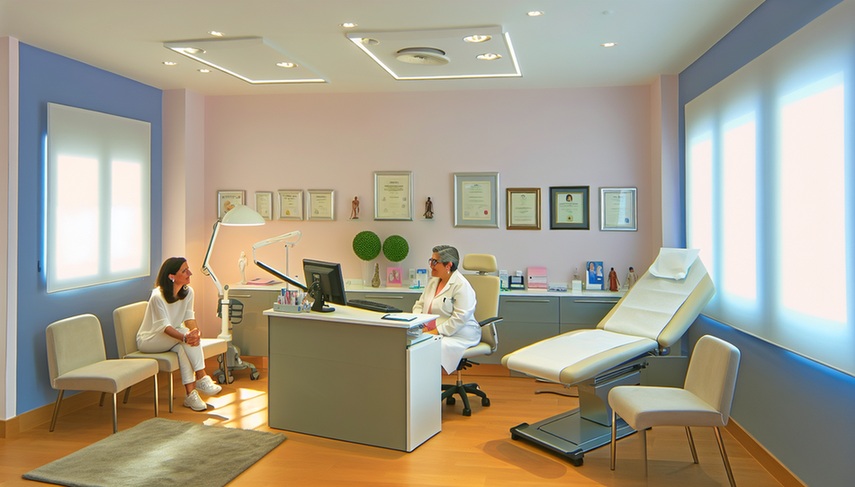Efficient Use of Office Space: How Layout Affects Workflow and Patient Comfort

In the medical field, the efficient use of space in the office is not just an aesthetic concern; it has a direct impact on workflow and patient comfort. The office layout can influence the efficiency of medical procedures, patient satisfaction, and ultimately, clinical outcomes. This article explores how a well-thought-out design can enhance the experience for both healthcare professionals and patients.
Impact of Office Layout on Workflow and Patient Comfort
The layout of a medical office is crucial for optimizing workflow. A design that facilitates access to necessary equipment and materials can reduce procedure times and improve clinical efficiency. For instance, in the field of radiology, it has been shown that implementing digital tools and reorganizing patient preparation processes can significantly enhance workflow and patient comfort [1].
Moreover, the integration of digital technologies, such as intraoral scanners in dentistry, not only reduces procedure times but also improves the patient experience by offering a more comfortable and less invasive process [2]. Patients prefer these digital technologies due to the reduced treatment time and increased comfort during procedures [3].
The design of the office should also consider patient comfort. A well-lit environment, with soft colors and decorative elements that promote calmness, can enhance the patient's perception of the quality of care received. The arrangement of furniture should allow for smooth interaction between the doctor and the patient, fostering effective communication and a more personalized experience [4].
Conclusions
The efficient use of space in a medical office is a determining factor in improving workflow and patient comfort. An appropriate office layout, combined with the integration of digital technologies, can transform the clinical experience, making procedures faster, more efficient, and comfortable for patients. By considering these aspects in office design, healthcare professionals can significantly enhance the quality of care they provide.
Referencias
- [1] Designing Clinical MRI for Enhanced Workflow and Value
- [2] Intraoral scanning reduces procedure time and improves patient comfort in fixed prosthodontics and implant dentistry: a systematic review
- [3] Impact of Digital Workflow Integration on Fixed Prosthodontics: A Review of Advances and Clinical Outcomes
- [4] Patient comfort during positron emission tomography/magnetic resonance and positron emission tomography/computed tomography examinations: subjective assessments with visual analog scales
Created 23/1/2025
